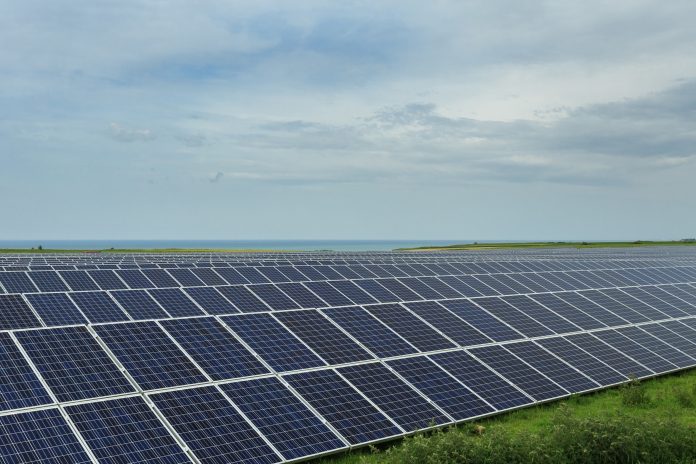
I recently read that Lightsource BP, a company formed by the partnering of Lightsource Renewable Energy and BP, would be working with Penn State University to build three solar farms in Pennsylvania; they would contain a combined total of 150,000 solar panels. These solar farms will provide the university with 25% of its total statewide electricity needs. That 25% will require 500 acres of land. This land, unlike land used for wind turbines, can be used for nothing other than the panels. But, like wind power, how much electricity it actually produces will be strictly dependent on the weather. It caused me to think about the huge swaths of land being eaten by these new, industrial-sized solar farms.
The Largest of its Kind – For Now
Lightsource BP is in charge of another massive solar project in the United States that has been in the news recently, Bighorn Solar in Pueblo, CO. When completed in 2021, it will be a 294 megawatt DC/240 megawatt AC solar farm providing power to the EVRAZ steel mill, the largest onsite solar farm in the U.S. It will cover 1,500 acres of land and use 700,000 solar panels. Aside from the sheer expanse of the land needed, it makes one wonder how much fossil-fuel power was used in creating that many solar panels.
Large-Scale Solar is Inefficient
Strata Policy is a non-profit research organization for environmental, energy, and public land issues. A few years ago, they conducted a very interesting study concerning the amount of land used by every major kind of energy production. Here is an overview of their findings on the number of acres used per megawatt produced by each:
- Coal – 12.21 acres
- Natural gas – 12.41 acres
- Nuclear – 12.71
- Solar Farms – 43.5
- Wind – 70.64
- Hydro – 315.22
“Solar power is the most inefficient of all renewable energy sources. Solar is unable to transform all the energy stored in sunshine into power,” the paper reports. Solar works better on a small scale, like rooftop panels for a home. When you try going large, you eat the land. For the United States to be completely powered by solar (assuming, of course, we are provided with perpetually sunny weather) we would need approximately 16,393,234 acres. That is about the size of West Virginia and Rhode Island combined. Strata took into account not only the actual acreage used by the solar panels themselves, but also the land needed in the production of the panels as well as other factors.
These same factors were taken into account while processing the amount of land needed for creating electricity with natural gas. They determined that to power the entire United States with natural gas (which does not rely at all on the number of sunny days) we would need 4,676,417 acres, or an area smaller than Massachusetts. The low-cost reliability of natural gas combined with its abundance and the small amount of land it requires make it the common-sense choice. Solar farms are inefficient.















[…] there is not always a positive outcome when you start going in a different direction without really thinking things through all the way. So, David and I, that’s our job to just try to make sense of some of the […]